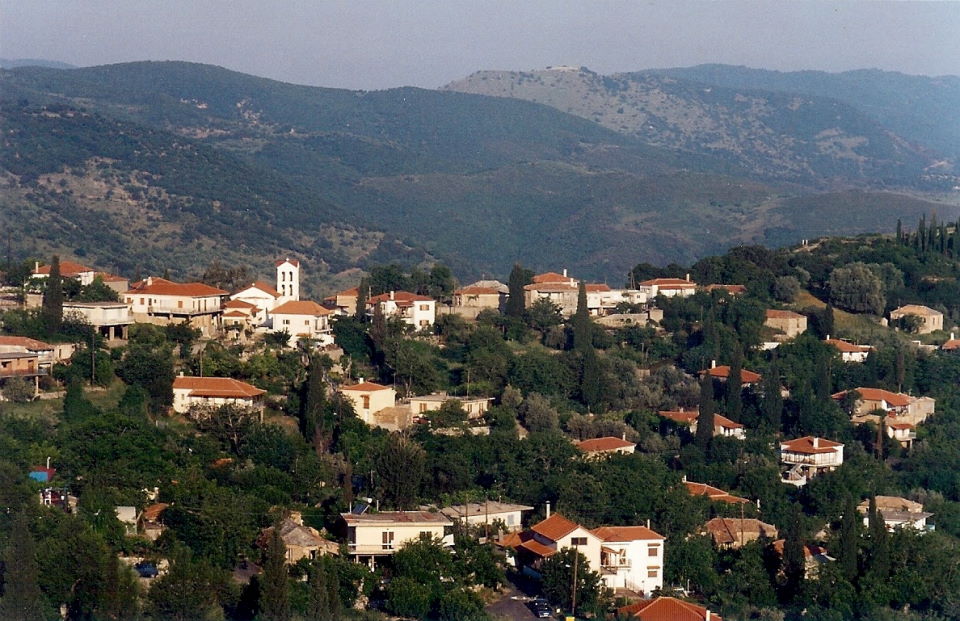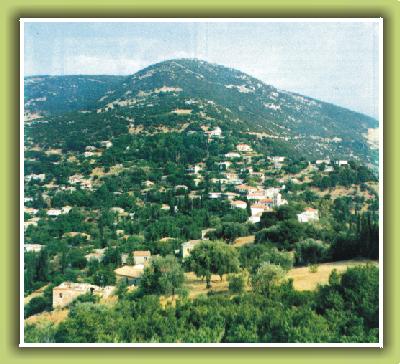Matesi abroad
Greeks in America
According to official records, the Greek sailor Theodoros, who sailed to America with the Spanish explorer Panfilio de Narvaez in 1528, was the first Greek to land in America.
One of the first Greek colonies was at New Smyrna near Saint Augustine, Florida. Andrew Turnball and his wife Maria Rubini, daughter of a wealthy Greek merchant, persuaded approximately 450 colonists to journey to America and settle. With the promise of land, Greek colonists primarily from Mani in the south of Greece, as well as Italians, Minorcans, and Corsicans, began arriving in Florida on June 26, 1768. The colony was an overwhelming failure and was officially disbanded on July 17, 1777, but many of the colonists had already moved to neighboring Saint Augustine, where they were becoming successful as merchants and small businessmen. A small community of Greeks also built a chapel and school there.
Immigration waves
By 1860 about 328 Greeks were living in the United States, with the majority residing in California, Arkansas, New York, and Massachusetts.
The U.S. Greek population remained small until the 1880s, when poor economic conditions in Greece prompted many Greeks to immigrate to the United States. During the 1880s most who came were from Laconia. Beginning in the 1890s, Greeks began arriving from other parts of Greece, principally from Arcadia. The largest numbers arrived during 1900-1910 (686) and 1911-1920 (385). Most were young single males who came to the United States to seek their fortunes and wished to return to Greece as soon as possible. About 30 percent of those who came before 1930 did return, some of whom went to fight in the Balkan Wars of 1912-1913.
The Immigration Acts of 1921 and 1924 reversed the open-door policy of immigration and established quotas. The Act of 1921 limited the number of Greek admittants to 3,063, while the Act of 1924 limited the number to 100. Legal petition increased the quota, and during 1925-1929 about 10,883 Greeks were admitted. Another 17,000 were admitted under the Refugee Relief Act of 1953, and 1,504 were accepted as a result of further legislation in 1957.
The Immigration Act of 1965 abandoned the quota system and gave preference to immigrants with families already established in the United States. The new Greek arrivals usually were better educated than their predecessors and included men and women in equal numbers, as well as family groups.
From 1820 to 1982 a total of 673,360 Greeks immigrated to the United States. After 1982, the number of Greeks entering the United States is as follows: 1983 (3,020); 1984 (2,865); 1985 (2,579); 1986 (2,512); 1987 (2,653); 1988 (2,458); 1989 (2,157); 1990 (2,742); 1991 (1,760); 1992 (1,790). The 1990 Census reported the number of people claiming at least one ancestry as Greek at 1,110,373.
Settlement places
The first immigrants settled in Massachusetts and southern New Hampshire. The largest Greek settlement in the twentieth century was in New York. Greeks also settled in western Pennsylvania, particularly Pittsburgh, and in the Midwestern cities of Detroit, Milwaukee, Cleveland, Youngstown, and Chicago and the largest concentration in the South was at Tarpon Springs, Florida. In the first half of the twentieth century, this unique settlement of Greeks made its living by sponge diving.
The heaviest early concentration on the Pacific Coast was in San Francisco. Today, Greeks live primarily in urban areas and are increasingly moving to the South and West. The 1990 Census reveals that New York State still has the largest population of Greeks, with the highest concentration in the Astoria section of the borough of Queens. The next largest populations are in California, Illinois, Massachusetts, and Florida.
Matesi abroad
|



